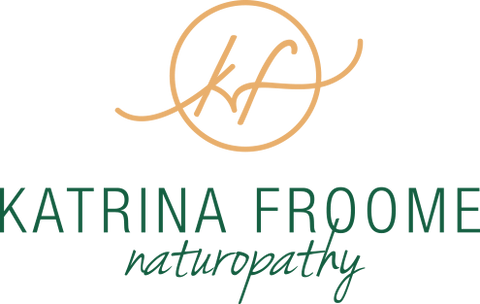Acne Rosacea and SIBO
Rosacea is a common inflammatory skin condition that causes redness, flushing and sometimes pimples and pustules on the face. It’s not the same as acne, but it can make you feel embarrassed or lose confidence, particularly if it is left untreated.
Rosacea isn't necessarily an autoimmune disease, although there are links with people suffering from rosacea that do have an autoimmune condition. There has been research on the links between rosacea and autoimmune diseases such as:-
- Celiac Disease
- Hashimoto's Disease
- Diabetes Myelitis (Type 1)
- Rheumatoid Arthritis
- Multiple Sclerosis
Studies have shown that treating the underlying autoimmune disease can improve symptoms of rosacea. This is due to reducing the inflammatory response along with treating digestive symptoms.
Do I have acne or rosacea?
Particularly with Type 2 rosacea, it can feel a lot like acne but there are some clear differences:-
- No oily skin - unlike acne, rosacea isn’t associated with the production of too much oil in the skin. In fact, studies find people with rosacea have LESS sebum in their skin than normal skin.
- Location - acne favours the T-zones. Rosacea tends to happen more across the middle of the face.
- Age- acne tends to start during the teen years. Rosacea after the age of 30.
The cause of rosacea is unknown although a better understanding is occurring due to more research being done in this area.
Factors that may potentially worsen the condition include:-
- Heat and/or hot weather
- Exercise
- Sunlight
- Cold weather
- Spicy food
- Alcohol
- Menopause and Perimenopause
- Histamine reactions
- Longterm stress, or
- Longterm use of steroid creams on the face
Diagnosis is based on symptoms and there are 4 different types of rosacea. These are:-
- Type 1 - Vascular or Flushing Rosacea: Areas of red skin on the face and sometimes small blood vessels (telangiectasia) are visible.
- Type 2 - Inflammatory or Pustular Rosacea: On top of the facial redness, there are red bumps (papules) and pus-filled spots (pustules).
- Type 3 - Phymatous Rosacea: The skin gets thicker and may become bumpy, particularly on the nose (more common in men).
- Type 4 - Ocular Rosacea: Inflammation affects the eyes and eyelids (AKA blepharitis) which makes them watery, turn red, and itch. This can happen whether or not you get any skin symptoms.
What are the other causes of Rosacea?
- Genetics - fair skinned people are more susceptible.
- Demodex follicularum - is a mite that lives in the sebaceous glands (oil glands) of all of us. They live in higher numbers in people with rosacea and treating the mites can make rosacea better.
- Serine proteases - People with rosacea also have higher amounts of inflammatory peptides called serine proteases in their skin. The peptides are often increased with conditions that damage the skin barrier function.
- Digestive symptoms - rosacea is linked to various gastrointestinal problems including inflammatory bowel disease (IBD), celiac disease, irritable bowel syndrome (IBS), gastroesophageal reflux disease (GORD), infection with bacteria that cause stomach ulcers called Helicobacter pylori infection, and small intestine bacterial overgrowth (SIBO).
We’re not sure how this all comes together yet, but they seem to spur each other on in a kind of bi-directional way. There is still a lot more research to be done on rosacea and the cofactors although treating the digestive system including both small and large intestinal overgrowths and imbalances is a great way to begin.
As a SIBO Naturopath, I would recommend testing for SIBO as the underlying condition, as SIBO is linked to many of the other health conditions that I've mentioned above.
If you are suffering from rosacea or any other skin condition, please reach out to me and either book your FREE 15 minute health goals call or your initial consultation.
I work with clients throughout Australia, both in person and online.
Yours in health and wellness,
Katrina xxx

